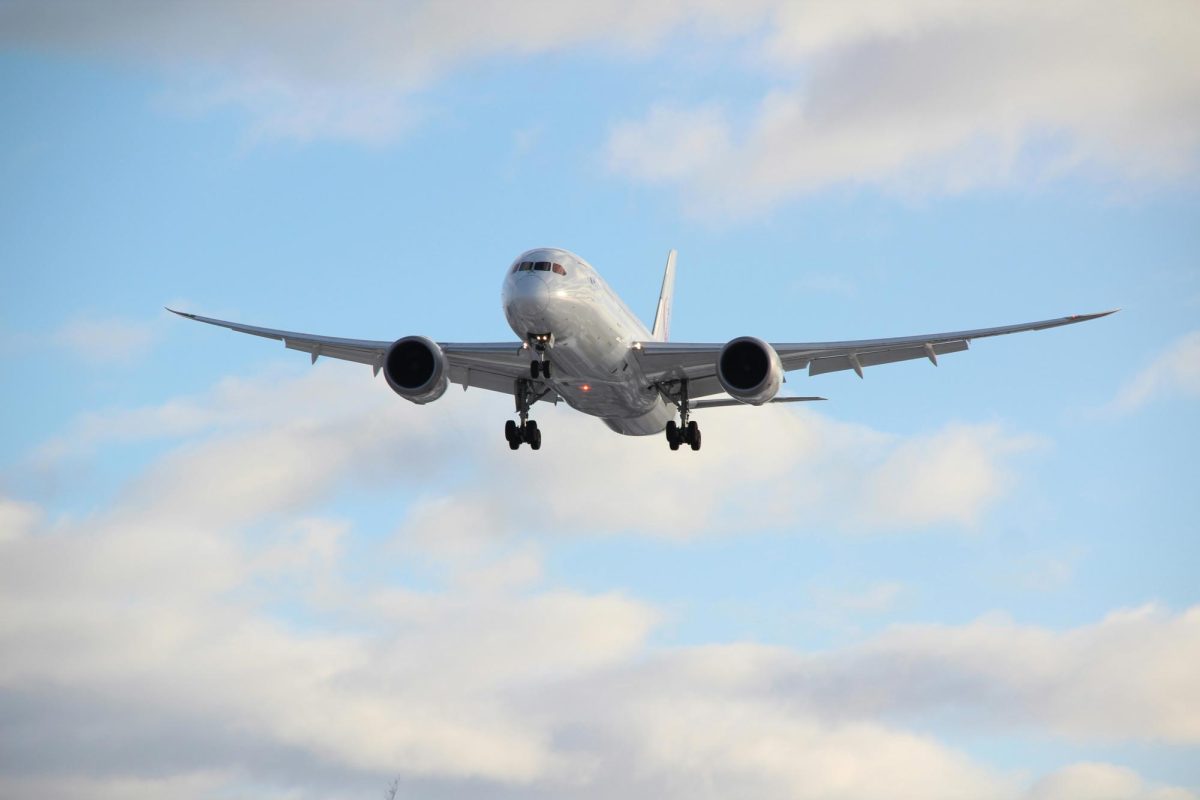On May 21st, Flight SQ321 from London to Singapore encountered severe turbulence, resulting in one tragic death and injuries to over 70 people.
The Boeing 777-300ER aircraft, carrying 211 passengers and 18 crew members, was on what seemed to be a smooth journey until it was forced to make an emergency landing in Bangkok at 3:45 PM due to severe turbulence.
Passengers entered turbulent conditions over the Irrawaddy Basin in Myanmar approximately 10 hours after their departure from Heathrow Airport in London, and only 3 hours before their scheduled landing at Changi Airport. The plane plunged an estimated 1,800 meters in only three minutes, causing shockwaves among the passengers onboard.
Passenger Dzafram Azmir described the harrowing experience: “Suddenly the aircraft started tilting up and there was shaking, so I started bracing for what was happening, and very suddenly there was a dramatic drop… everyone not wearing a seatbelt was launched immediately into the ceiling.”
“The impact was so severe that oxygen masks and overhead panels were dislodged, and the cabin was left in disarray, with food, drinks, and luggage scattered across the floor,” he added.
Another passenger described the plane as going “completely horizontal” without prior warning, causing him to harshly hit his head on the ceiling. He recounted seeing some passengers “flung into somersaults” due to the intensity of the turbulence.
The turbulence struck the aircraft without warning, leaving little time for passengers and crew to brace themselves or fasten their seatbelts. The sturdy plane abruptly tilted upwards, followed by violent shaking, and a few seconds later, it plunged downwards at an alarming speed.
The turbulence resulted in the sudden death of 73-year-old British passenger Geoff Kitchen, who is said to have suffered a fatal heart attack. Over 70 passengers and crew members sustained injuries, with 40 of these individuals’ requiring hospitalization in Bangkok, where the flight made an emergency landing.
These injuries ranged from spinal and brain-related injuries to incidents affecting the muscular and soft tissues, with 22 passengers diagnosed with spine and spinal cord injuries.
Among the injured passengers was a 2-year-old child suffering from concussions and an eighty-three-year-old affected by injuries, both of whom are making a speedy recovery.
The majority of affected passengers came from Britain, Malaysia, Australia, and the Philippines.
The Prime Minister of Singapore, Lawrence Wong, has promised a thorough investigation into the traumatic incident while expressing his deep condolences to the victims and their families.
Numerous atmospheric researchers are looking into the possibility that the turbulence could have been caused by a nearby storm potentially linked to climate change, which makes turbulence more frequent and severe.
In a study published last year by atmospheric researchers at Seoul National University, it was concluded that there were larger increases in clear-air turbulence between 1979 and 2020. Particularly over the North Atlantic, severe clear-air turbulence (a type of turbulence greater than Earth’s gravity) became 55% more frequent. The increases were evident across the globe and are said to almost certainly be the result of climate change, which strengthens jet streams that cause turbulence.
In our unpredictable world, it is vital to maintain safety, with several researchers reinforcing the importance of fastening seatbelts as turbulence can occur at any time with significant force.
Flight SQ321 remains the most recent aviation incident raising awareness of the dangers of severe turbulence and calling for the need to continue research and advancements in turbulence detection to enhance passenger safety.










